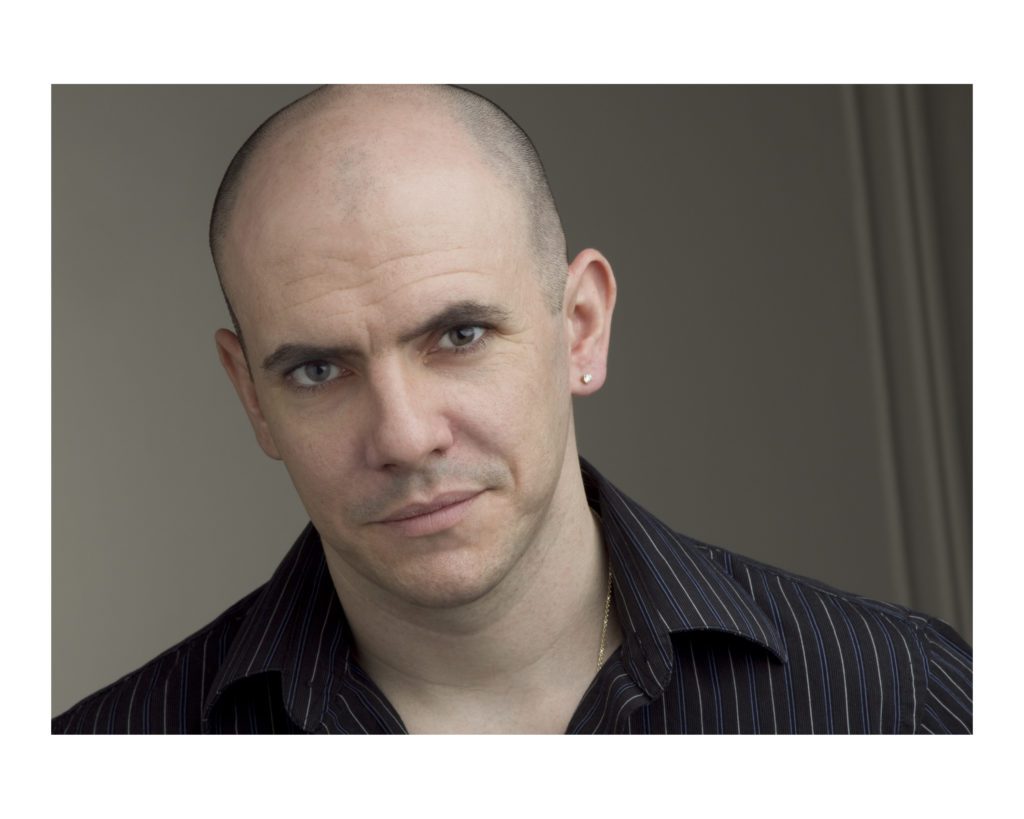Arthur Miller’s ‘The Crucible’ at Olney
By • April 4, 2018 0 513

What makes a play a classic?
Most often, it’s about a quality of endurance, a kind of built-in modernity no matter what you do with the costumes or sets.
Shakespeare’s plays perform (in performance) the functions that let them speak across time while remaining in time. Which is to say, they make audiences laugh, cry, think, feel and, most important, connect to the people and characters onstage.
A director may set “Richard III” in the 1930s, but Richard himself remains a scheming, very human Plantagenet king. “As You Like It” can have Napoleonic trappings and costumes, but many women in the audience will see their own modern selves in Rosalind, and some fearless men will find themselves strangely attracted to her wit and intelligence — whether she’s in a woman’s dress or disguised as a man.
So where does that leave “The Crucible,” Arthur Miller’s play about the Salem witchcraft hysteria and trials in colonial Massachusetts in the 1690s?
Olney Theatre Center’s production of “The Crucible,” running April 18 to May 20, is being directed by Eleanor Holdridge.
“I’ve directed this before,” said Holdridge, who has directed 35 Shakespeare productions. “I think, depending on the times, you can find a different focus in the play and in the characters. I found, for one thing, the behavior of the judges interesting, or the people who act as judges, from the high-minded, intellectual Reverend Hale to the Reverend Parris.”
She noted the variety of the characters’ interests, concerns and behavior in a time of crisis, when the mysterious witch-like activities of a group of young girls threaten to bring down the cultural, social and moral structure of the community.
Among the main characters are the endangered and principled Elizabeth and John Proctor, who try to battle the enveloping hysteria, instigated by Abigail, the leader of the girls making the witchcraft accusations, who once had an affair with Proctor.
“There is a lot going on in this play, which is set hundreds of years in the past,” Holdridge said. “There’s Proctor and his feelings of guilt, there’s the communal blaming and shaming, sham trials and executions and chaos.”
Sound familiar?
“You don’t have to look far,” Holdridge said. “We have reference to a witch hunt, to debates about truth and facts in our own times. … Miller’s play still pulses with life and truth. And even now, there’s something of the moment about it. It’s a play for today.
“You have to keep certain things in mind,” she said. “Proctor’s relationship with Abigail, an older man and a younger woman, and at the time, Miller was just beginning his relationship with Marilyn Monroe.”
Plays — and books and art, for that matter — stay alive in different ways in different times. At the time of its debut, “The Crucible” was very pertinent to events: McCarthyism was at zenith, including in Hollywood, where people testified against friends and neighbors. The atmosphere of chaos, hysteria and fear was reflected in the play.
In the original 1953 production, veteran actors Arthur Kennedy and Beatrice Straight played John and Elizabeth Proctor and E. G. Marshall played the Rev. John Hale. In a 2002 revival, Liam Neeson and Laura Linney starred as the Proctors. Most recently, the rising, Oscar-nominated actress Saoirse Ronan was the disruptive force that was Abigail.
“Everyone brings something different to this, but the play, with its concerns about religion, honesty and truth, and what truth is, is very much a part of us,” Holdridge said.
“The Crucible” endures.

Dani Stoller, who plays Abigail. Courtesy Olney Theatre Center.

